Physical Education
Introduction
We aim to maintain and stimulate pupil interest, enthusiasm and enjoyment in Physical Education and to promote a healthy and active lifestyle so students not only embrace the opportunities on offer at school but pursue sporting interest in later life.
PE lessons are used to provide broad and balanced experiences, students will take part in a different activity each half term. Examples of half termly activities include Basketball, Badminton, Cross Country, Athletics and Health Related fitness
Year Group PE activity Programmes of Study
Year 7 PE – Rugby, Basketball, Cross Country, Badminton, Cricket, Athletics
Year 8 PE – Rugby, Badminton, Cross Country, Basketball, Athletics
Year 9 PE – Health Related Fitness, Badminton, Cross Country, Basketball, Athletics
GCSE PE – Health Related Fitness, Handball, Football, Table Tennis, Basketball, Badminton
Our Games programme consists of three terms of Sport:
In the Autumn term the main activity during games is Rugby, students train in differentiated squads to develop their knowledge and understanding of the game. Training sessions after school are used to compliment what is delivered in Games lessons and boys play midweek and Saturday morning competitive fixtures.
In the Spring term the main activity during Games is Football. This is run in the same way as Rugby allowing access for all pupils to work as part of a team whilst improving their skill levels through the coaching and guidance of the teachers.
In the Summer term the main extra-curricular sports are Cricket and Athletics, as with the Autumn and Spring terms, teams play competitive fixtures on Saturday mornings. Athletics training and competitions takes place during the week.
The following framework exists at Halliford in order to provide a broad and balanced learning experience. Through a range of different activities pupils develop a set of skills in preparation for a healthy and active lifestyle.
The P.E. department are assisted in the teaching of Games within the School by a large number of non PE staff with specific interests and experience in different subject areas.
All sports staff are qualified first aiders with up to date qualifications. Additional training has taken place for concussion in rugby as well as refereeing assistance.
There are good facilities for the teaching of P.E. and Games. The School has a sports hall and playing fields on-site, as well as a playing field off site. There is also a weights and fitness room.
The department also uses local clubs and facilities to support the teaching of Physical Education and Games. These include Walton Xcel Athletics Track, Shepperton Cricket Club, Weybridge Vandals Rugby Club, London Irish Rugby Club, Sunbury golf club, Silvermere golf club, Spelthorne Borough Council pitches.
GCSE
Examination Board Ed-Excel
Theoretical content worth 60% of the qualification assessed through examination through two papers: Fitness & Body Systems and Health & Performance.
Non-examined assessment is worth 40% of the qualification. This includes the Practical Performance and the Performance Analysis, both of which will be internally assessed and externally moderated.
Practical Performance is worth 30% of the qualification and must be three activities – one team activity, one individual and a free choice. Each practical activity area is marked out of 35. Students will be assessed in the role of player/performer only from a prescribed list of activities.
Performance Analysis is worth 10% of the qualification and covers: aim and planning analysis; carrying out and monitoring the Personal Exercise Programme (PEP); and evaluation of the PEP.
A Level
Examination board AQA
Year 1 and Year 2 A Level Physical Education will be 70% theory and 30% non-exam assessment (practical performance) of which 15% will be based on students assessed in the role of player/performer or coach and 15% will be analysis and evaluation performance.
Assessment of quantitative skills will represent a minimum of 5% of the overall A Level marks, allowing students to develop skills that are important for Higher Education or work.
Papers will be divided into clear sections, helping students to see which part of the specification they are being assessed on.
A familiar combination of multiple-choice, short and extended writing questions will be used across all exam papers.


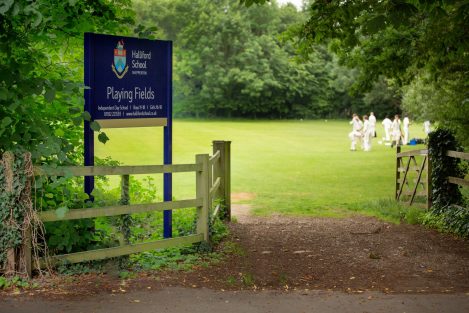

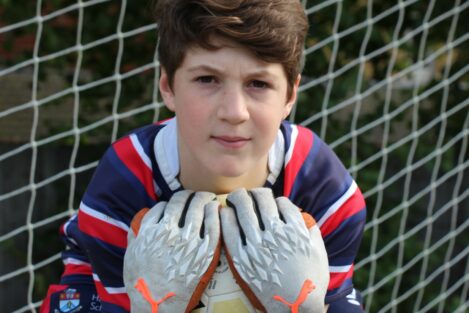
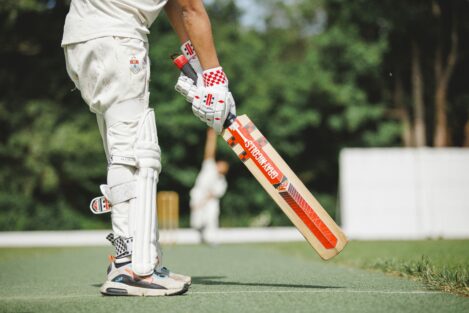



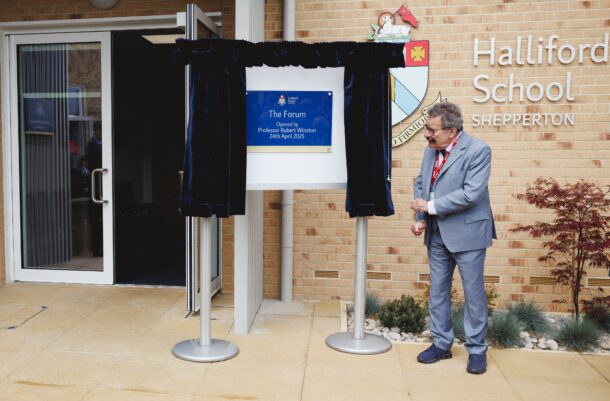


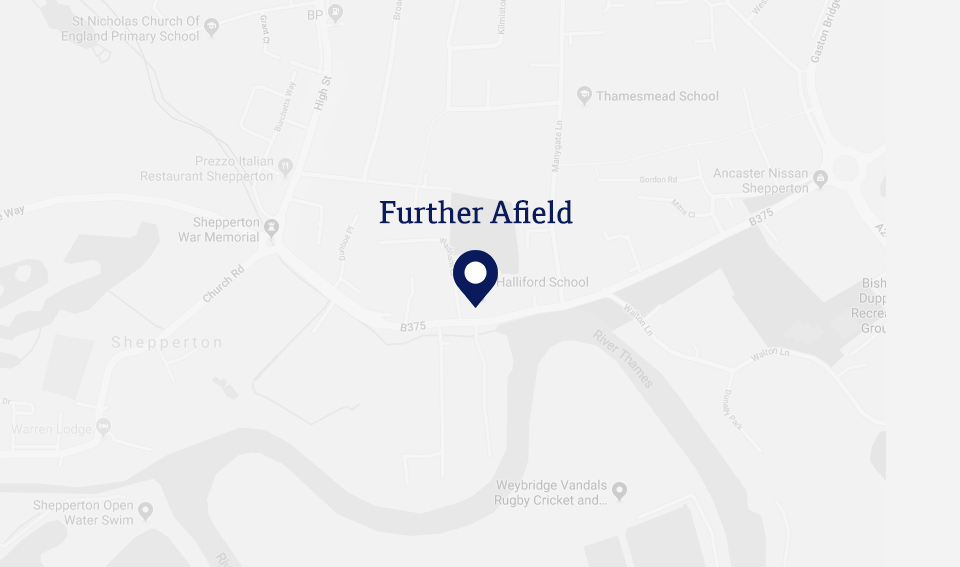
0 CommentsComment on Facebook